Dell Technologies: 6 Takeaways From Q3 Earnings
The weak demand for Dell PCs was hedged by a lower cost of shipping and components, and a reduction in server backlog which drover better than expected infrastructure performance.
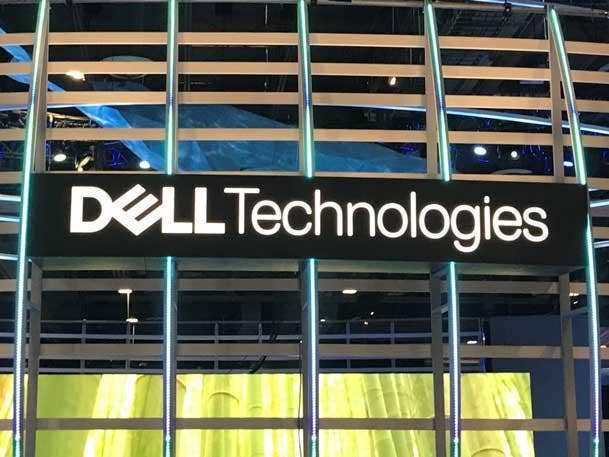
Dell Technologies, the leader in server storage and infrastructure, said those businesses carried it through a third quarter that saw consumer PC sales plummet 30 percent as overall revenue dipped 6 percent.
Executives with the Round Rock, Texas-based tech giant said the company was spared more difficult results thanks to its steady supply chain that allowed Dell to take advantage of lower shipping and component prices, and normalize backlogs in infrastructure devices as well as in PCs.
“With Q3 being deflationary and our lower inventory model, it allows us to access component deflation faster than the industry,” Dell’s co-Chief Operating Officer Chuck Whitten told analysts on the call. “And then when you couple that with our ability to see the demand signal quickly and react, we were able to lower OpEx as we put in the prudent cost controls.”
Whitten said Dell has also been able to reduce quarterly costs by $300 million with a slowdown in hiring and more strict expense management. Co-chief Operating Officer Jeff Clarke said a better supply chain allowed the company to take advantage of other market conditions.
“I think it’s worth emphasizing again, the logistics costs have come down,” Clarke said. “As supply now is ahead of demand, we’re able to put things on the ocean. We don’t have to expedite as much. We’re not using as much expedited air freight. Those all go into our input cost equation, which obviously helped us in the bottom line and the performance of this quarter.”
Scott Winslow, CEO of Dell Titanium Partner Winslow Technology Group in Waltham, Mass, said his company’s infrastructure business has been strong this year, driven by some of Dell’s storage products, while his Dell commercial PC business has slowed somewhat.
“Through Dell’s first three fiscal quarters, Winslow Technology Group continues to see strong demand for Dell server, storage, and networking solutions, with growth outpacing Dell’s growth year over year,” Winslow told CRN. “Dell PowerStore storage has been a standout solution for WTG. While our Dell CSG business has also increased during this timeframe, the growth rate has slowed versus this time last year.”
During the company’s earnings call Monday, Dell’s top executives talked about what was over the horizon for 2024, discussed its public cloud service APEX, as well as how supply chain and inventory management hedged a tough quarter. Here’s a look at six takeaways from the call.
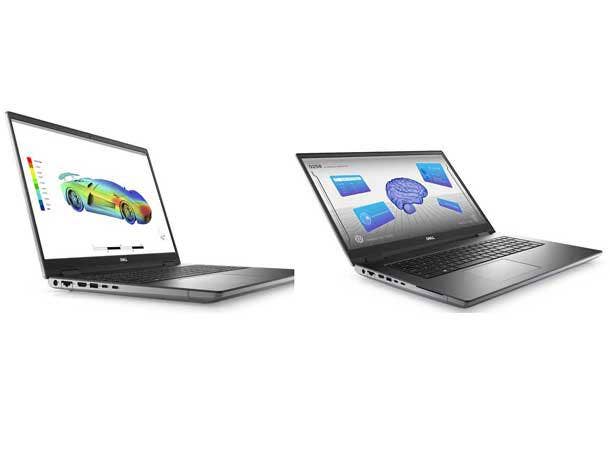
Slumping PC and Peripheral Sales
Commercial and consumer PC and peripheral sales came in at $13.8 billion, lighter than last year with overall revenue down 17 percent, reflecting trends in the broader market. Commercial sales were down 13 percent while consumer sales dropped 29 percent. Buyers in both categories aiming for higher-performing rigs, company executives said during the call.
The company reduced its PC and peripheral backlog to normal levels during the quarter, and is now battling rivals offering steep discounts on devices. Clarke said Dell is in a good position to take advantage of market conditions.
“If I look at the CSG business, again, largely a handful of minor exceptions, supply is ahead of demand across consumer PCs, commercial PCs, displays, docs, to the point that we’re now able to readjust our freight networks to take advantage of that. We’re in a good position.
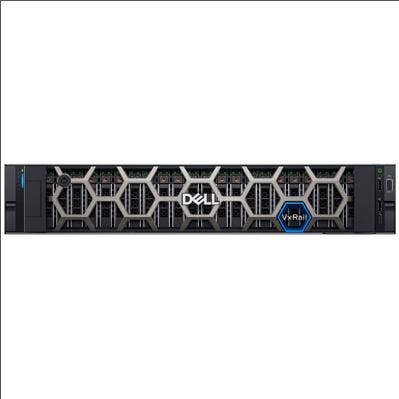
Infrastructure Sales Up
Dell’s Infrastructure support group performed better than expected with revenue leaping 12 percent year over year on sales of $9.6 billion. The company has grown ISG revenue for the last seven consecutive quarters.
Server and networking revenue comprised $5.2 billion up 14 percent, while storage revenue was higher by 11 percent to $4.4 billion, Whitten said.
“The server business, we saw slowing server growth. We had hinted at that -- not even hinted at that, stated that in Q2 and had anticipated coming into the quarter. I would say, look, it worsened over the course of the quarter vis-à-vis our Q2 earnings call,” he said. “And therefore, our server revenue growth of 14% on the P&L was aided by server backlog reduction. And we would characterize server backlog is now roughly in its normal range. Storage is a bit of a different story. It fared better. We saw growth across multiple storage categories, high-end HCI, PowerStore. I would say storage backlog remains somewhat elevated relative to historical norms, given the larger business we’re in.”
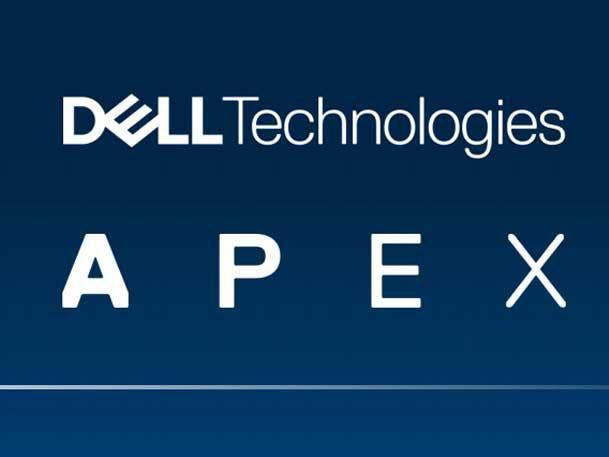
APEX Business ‘Growing At A Continued Healthy Rate’
Dell unveiled six new offerings in its APEX public cloud, in strategic areas like multicloud, edge, and subscription and as-a-service. The company’s new Project Alpine related SaaS offerings added to its portfolio of APEX solutions while enabling customers to use across multicloud environments.
Last quarter, Dell announced APEX had reached $1 billion in annual recurring revenue. This quarter, Whitten said the company would not provide regular financial updates on APEX.
“Our APEX business, which in Q2, we highlighted that we sort of hit the $1 billion milestone and saw it growing at a continued healthy rate and adding new customers. We’ve been consistent that we’re going to be thoughtful about how we discuss progress there,” Whitten said.
“We’re not -- certainly not going to provide sort of quarter-to-quarter updates. And so, we can share metrics that can be traced clearly back to the P&L. But what I would tell you is interest remains very high in our subscription offers,” Whitten continued. “We saw again triple-digit customer growth and healthy ARR growth in the quarter. And we continue to invest in the portfolio and our web deck as a whole series of new APEX offers that we’ve released since we last spoke in August.”
Whitten said customers of APEX – which is about 1 percent of the company’s overall revenue -- tend to be higher revenue businesses.
“We tend to see broad-based interest. Right now, it does tend to be concentrated at some of the larger companies in the medium-sized businesses in the world, but we’re getting a lot of interest in conversations from customers as they try to navigate this macro environment as you would imagine. It’s not sizable enough relative to our $100 billion trailing 12-month business to sort of go much more beyond that. We are getting a lot of customer interest.”

Dell Technologies CFO Tom Sweet
Controlling Costs
Whitten said because of Dell’s position in the market it saw the demand environment change and reacted quickly in order to control spending.
“We took actions to reduce costs, decreasing our operating expense 3 percent sequentially in Q2 and another 6 percent sequentially in Q3. We have now reduced quarterly operating expense by over $300 million since Q1,” Whitten said.
Dell’s Chief Financial Officer Tom Sweet said the company slowed hiring and reduced discretionary spending given the current “macro environment.”
“We continue to be focused on managing cost, however, we do expect to see a roughly $150 million OpEx increase sequentially given the extra week in our fiscal Q4,” he said. “We expect our interest and other expense to be up $60 million sequentially driven by interest rate volatility and the impact on our derivatives portfolio.”
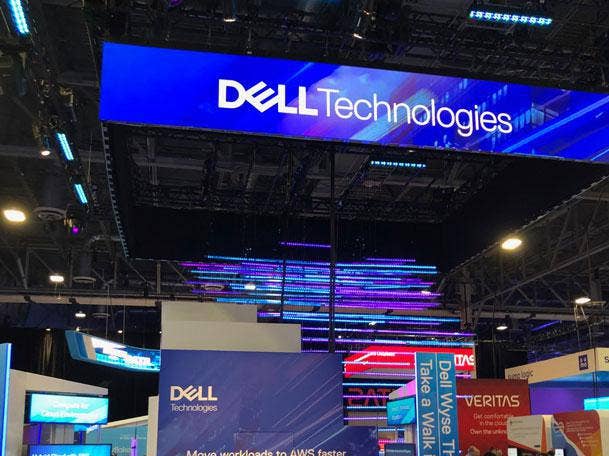
Seizing Advantages In Supply Chain
Dell said the components it uses in manufacturing are in a “cost deflationary environment” which – because of the low inventory it maintains -- improves Dell’s margins so that it does not have to adjust prices reactively to the market.
“As a result of that, given the configuration and the amount of memory and storage we’re putting on the servers particularly led to some better-than-anticipated margins,” he said.
Clarke said Dell has kept lower inventory on the shelf since the beginning.
“And it gave us availability to the lower cost component, I think, earlier than most,” he told investors. “Our supply chain has executed well through this time. We had fewer mismatch sets. So, we were able to convert the demand shipments and the backlog shipments throughout the quarter. And as a result of that, we were able also to take advantage, as Tom said, lower freight rates, lower expedites, lower supplier premiums, and we’ve obviously benefited from that throughout the quarter.”

Complex Macroeconomic Issues Still At Play Next Year
Sweet said Dell expects ongoing global macroeconomic factors including slowing economic growth, inflation, rising interest rates and currency pressure to weigh on its customers, and IT spending.
“With what we know today, it’s likely next year’s revenue is below historical sequentials using our Q4 guidance as a starting point,” he told analysts.
“It’s pretty early in our planning process from a fiscal year ‘24 perspective,” Sweet later added. “Clearly, the landscape and the dynamics are complex, and there’s a high degree of complexity out there, whether it’s around inflation or interest rates, what’s going on with FX, global growth in general, supply chain, geopolitical. I could probably go on, but you get the point that at this point. As we look at it, there’s a pretty wide range of financial outcomes depending upon how some of these things move and change on us. And in particular, I would say the back half of next year continues to.... have a fair amount of complexity.”